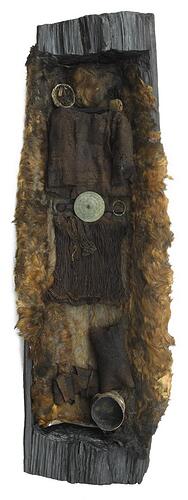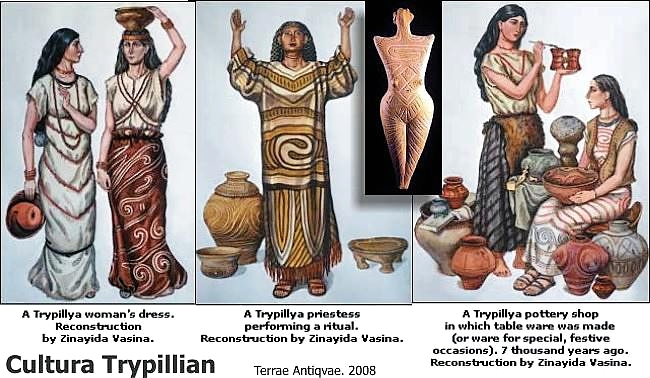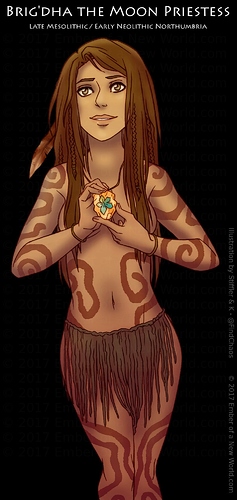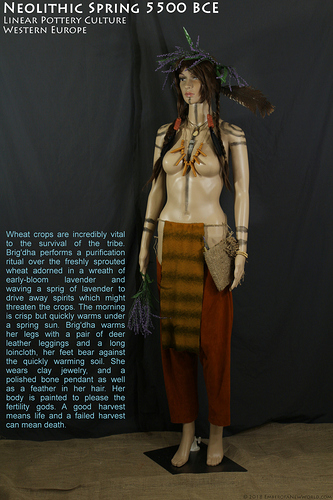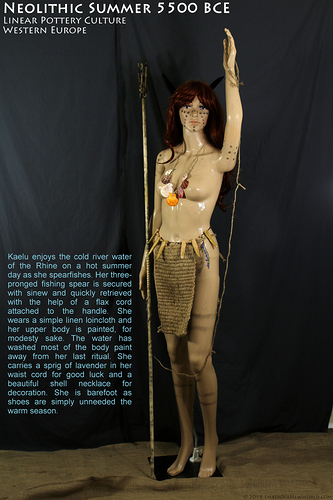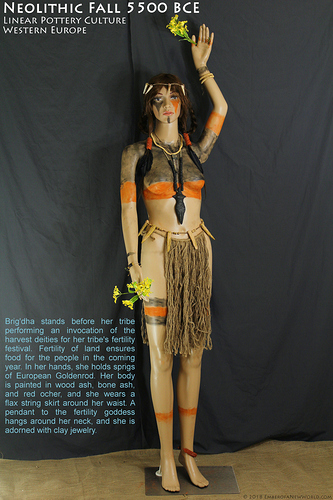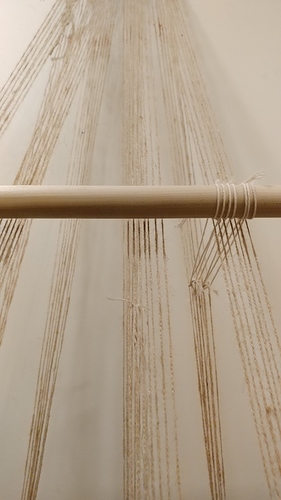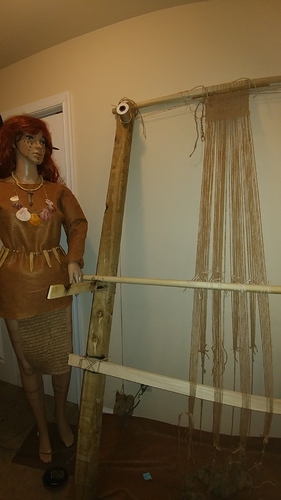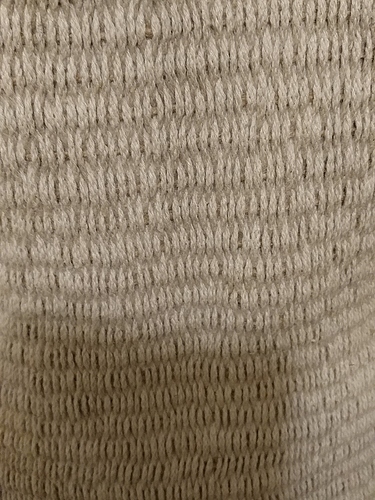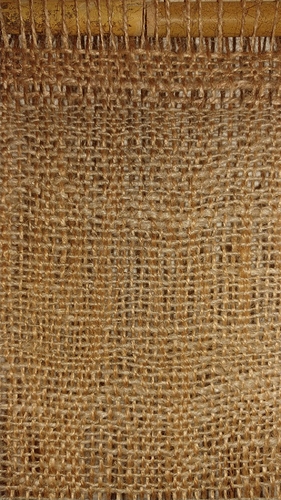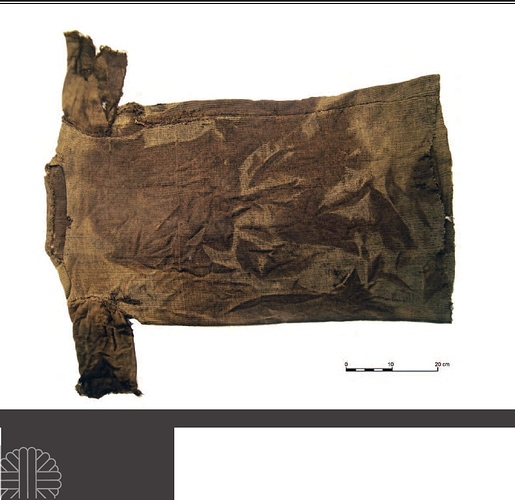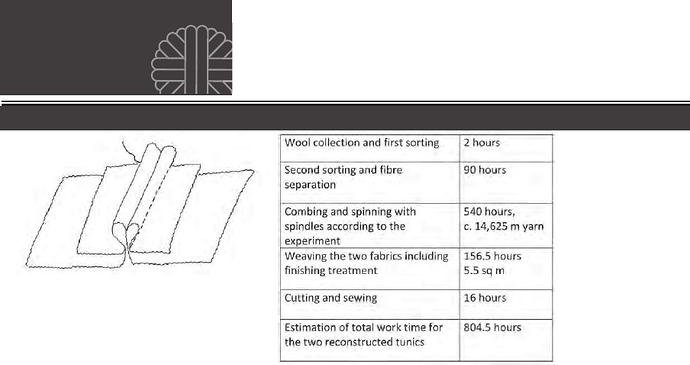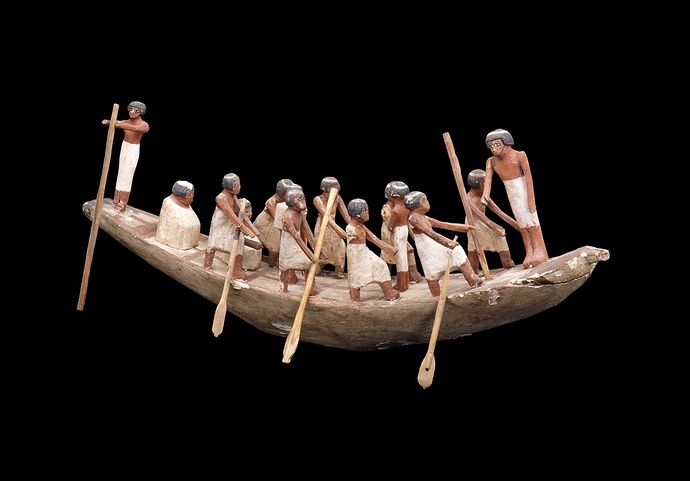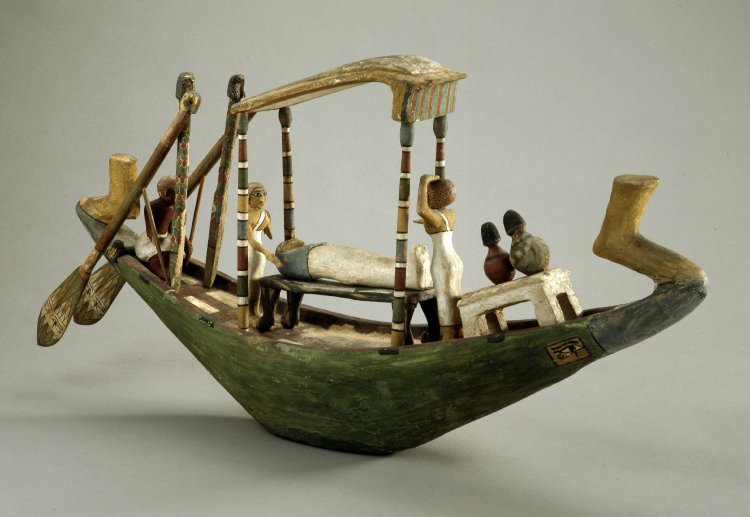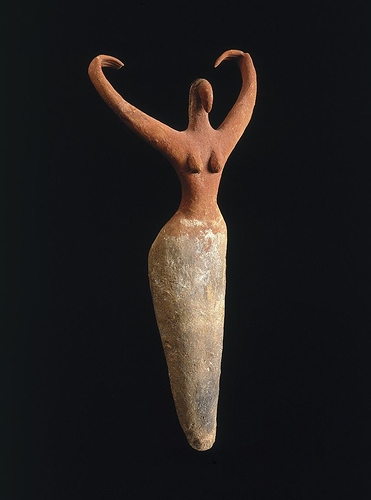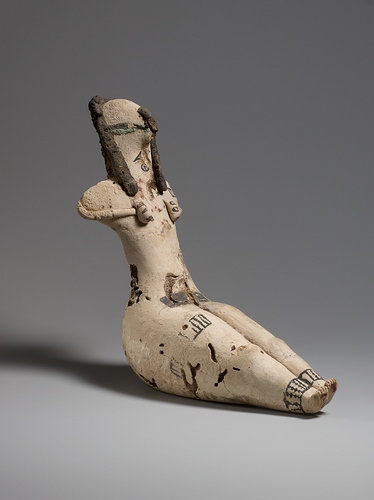Neolithic folks probably didn’t wander about in quality textiles
(Yes, they likely have some, but limited quality and quantity is likely)
The Ozti Iceman died around 3300 B.C.E.
He died during the copper age, between 1000 and 3000 years after the height of the Neolithic period, so you would expect that his clothes would be either more advanced than what people of the Neolithic had, or at least equal.
BUT… Far from full length linen tunics perfectly bleached pearly white, as we so often see in Neolithic recreations and depictions, the man wore almost exclusively leather. His leggings and loincloth were made from goat leather, he also wore furs.
Behold, 1,000+ years beyond the Neolithic… no full length linen tunic ![]()
Moving a little bit further ahead in time, ~1920 years or so, we encounter a dancing woman* who was buried in Denmark around the year ~1380 BCE. A member of the Bronze Age, she is several thousand years more advanced than the height of the Neolithic and almost 2000 years more advanced than the Ozti Iceman. Finally, we find a wool woven outfit of the quality and complexity which could have brought us those beautiful full-length linen dresses Neolithic people are often depicted wearing. However, 1920 years is the about the same distance between Julius Caesar and World War II.
Please understand that I’m not suggesting that such clothing didn’t exist until Egtved Girl (the woman pictured below), But as you can see clothing technology had not progressed very far from the Neolithic if what we see on this dancing woman is representative of at least an average textile from her time. Keep in mind, people were often buried in their finest clothing, so this might actually be better quality than common.
*We don’t know if she was actually a dancer, but the outfit is suggestive and many experts have conjectured this.
http://www.anthropark.wz.cz/holocea.htm
Looking at other high quality textiles preserved from the same time as the dancing woman, we see that the textiles are certainly at the same quality or greater than those depicted in Neolithic illustrations, but they are also several thousand years more advanced. One would expect to see a greater degree of advancement in such a period of time if we are to believe that Neolithic people wandered about casually doing their daily chores and high-quality woven textiles. By now, the absurdity of such depiction to be beginning to sink in.
This shirt was made around 2000BCE Egypt, within ~620 years of Egtved Girl
http://www.louvre.fr/en/oeuvre-notices/tunic-pleated-linen


